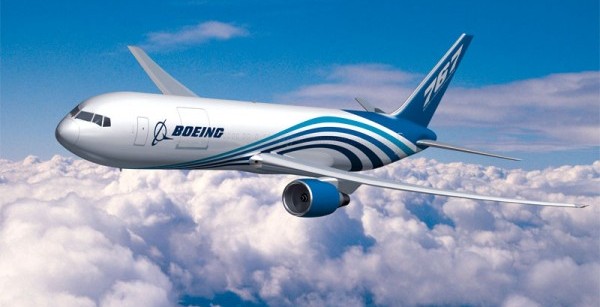Airlines may be ready to drop ticket prices

After months of steadily raising ticket prices, Canadian airlines appear to have hit a breaking point in June, when higher fares started to drag on demand.
This will likely lead to lower fares in the second half of the year as Air Canada and WestJet Airlines Ltd. try to attract more customers with lower ticket prices, said Ben Cherniavsky, Raymond James analyst.
But the news is not all bad for Canadian carriers. Lower fuel prices and the high Canadian dollar should be enough to offset any revenue erosion stemming from the lower prices, he said.
Canada’s largest carriers have enjoyed an impressive run over the past year as the strength of the economic recovery and disciplined capacity allowed them to steadily raise ticket prices without curbing demand.
But in June, both Air Canada and WestJet reported a decline in load factors, or average amount of seats filled, as traffic growth fell short of capacity increases. It was the third-straight month WestJet experienced a load factor decline as it moved planes back into the domestic market, and made a push into the Eastern Triangle between Toronto, Ottawa and Montreal.
With supply outstripping demand, both carriers started to the lose the coveted pricing power they have enjoyed since the economy started to turn around, Mr. Cherniavsky said.
“The very aggressive fare increases that Canada’s airlines have recently implemented finally appear to be having a negative impact on demand,” he said in a note to clients.
“As a result, we expect WestJet and Air Canada to respond with some downward adjustments to fares. This appears to be happening, according to our domestic airfare survey results last month.”
While this would typically lead to a drag on earnings, Mr. Cherniavsky expects falling fuel prices and the high Canadian dollar will help offset much of the declines in revenue. He is currently modelling oil prices of US$95 a barrel for the second half of the year, down from US$105 a barrel previously. Both airlines also carry substantial costs in U.S. dollars, including fuel, so the strength of the loonie will help control their costs, Mr. Cherniavsky said.
“All told, the various changes outlined above effectively translate into ‘a wash’ for our forecasts, with lower oil prices more or less offsetting some expected revenue shortfalls,” he said.
But not everyone agrees. Cameron Doerksen, National Bank Financial analyst, is a bit more bullish in his expectations for the remainder of the year for both airlines. He noted capacity growth at WestJet and Air Canada is expected to taper off in the second half. He expects that could support unit revenue growth.
“Air Canada expects its domestic capacity to decline 0.5% in 2011, while WestJet’s overall capacity growth should slow for the balance of the year,” he said in a recent note.
This will be a net positive for WestJet in particular, he said. But he also noted Air Canada’s load factor for the second quarter was up 1.3% to 82.8%, despite the June decline.
“WestJet indicates that forward bookings for July and August are strong and that the pricing environment remains favourable,” he said. “With demand for air travel strong and the domestic competitive environment still quite rational, expect solid [year-over-year unit revenue] improvements to continue into [the third quarter].”
